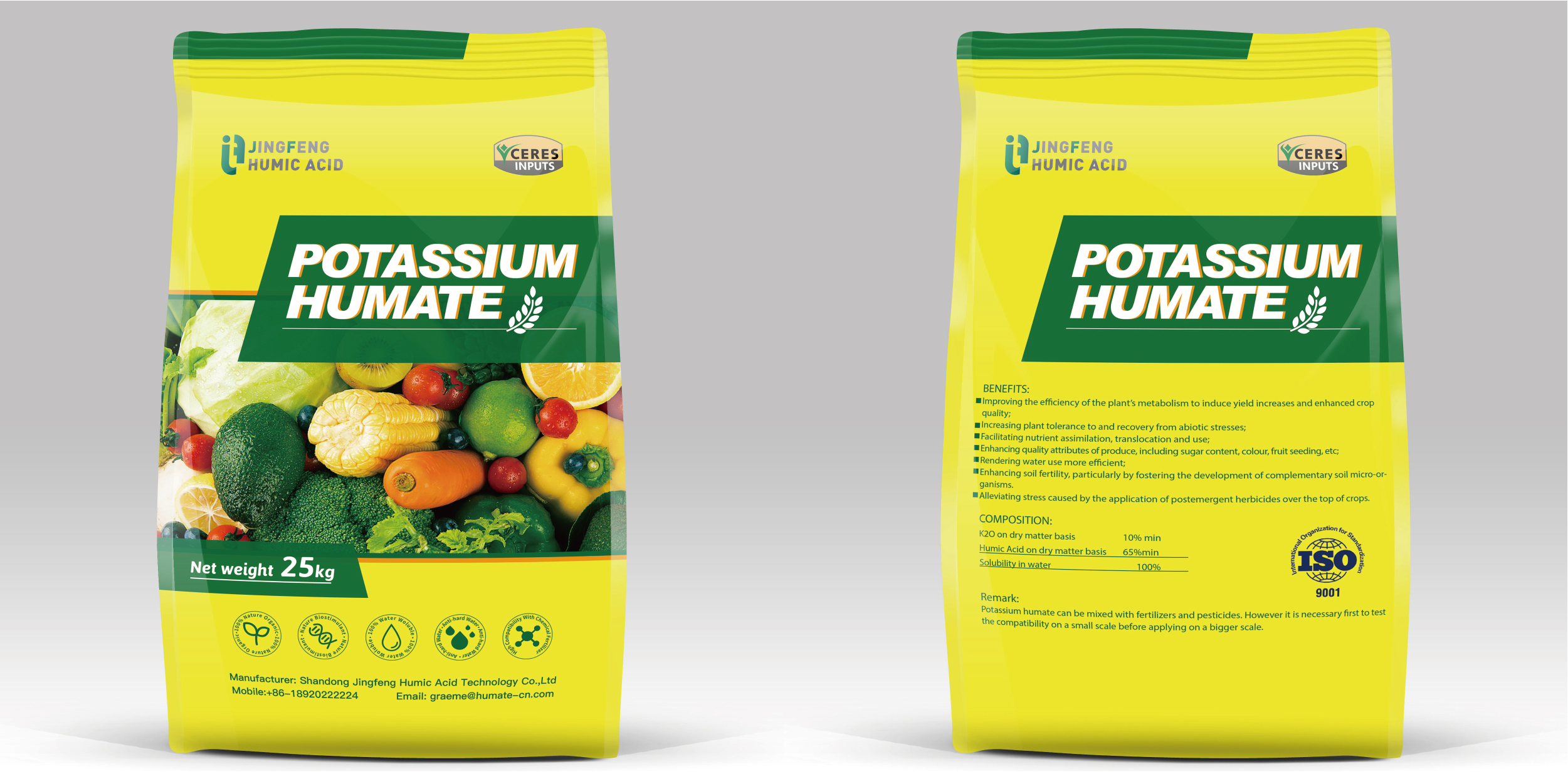Many customers do not know what is humic acid fertilizer.Today we are gonna talk about this:
What is humic acid fertilizer?
It is a general term for all kinds of humic acid-containing fertilizers, mostly made of peat, lignite and so on, which are extracted, concentrated or turned into water-soluble fertilizers containing nutrients through a certain process.
Humic acid has good physiological activity and absorption, complexation, exchange and other functions, which can stimulate physiological metabolism, improve soil structure, enhance anti-reverse characteristics, change chemical fertilizer characteristics, improve quality etc.

Effect of Fertilizer
This kind of fertilizer is recognized as a green food fertilizer, which has a good effect on soil improvement. It can Increase the efficacy of microbial content in soil, long-term application will not result in soil consolidation, but can also improve fertilizer utilization. It has been widely used as a green fertilizer additive used in production.
Species of humic acid fertilizers.
At present, humic acid fertilizer has been widely developed, such as: ammonium humate, Sodium humate, potassium humate, humic acid compound fertilizer and different contents of humic acid liquid fertilizer etc.
According to the source, humic acid can be divided into natural humic acid and artificial humic acid. Natural humic acid is divided into soil humic acid (white), mineral humic acid, water humic acid, mould humic acid etc, according to the field of existence.
Humic acid can be divided into primary humic acid and regenerated humic acid according to the mode of production (including humic acid in leonardite and artificially oxidized coal).
Humic acid can be classified into fulvic acid and brown humic acid, and black humic acid according to its solubility and color in solvant. In the earlier literature, there were gray humic acid, brown humic acid and green humic acid which are separated from different solvents.
According to the state of natural binding, divided into free humic acid and (calcium, magnesium) combined humic acid.
According to the degree of humic acid decay (absorbancy index etc.),the humic acid is divided into A type , B type(real humic acid), and RP and P (immature humic acid),etc.

Application of humic acid fertilizer.
(1)Seed soaking.
Seed soaking can improve seed germination rate, early emergence, and enhance the ability of seedling rooting. Generally, the average seed soaking concentration is 0.005%-0.05%, the average seed soaking time is 5-10 hours. Rice, cotton, flower and other hard shell seeds would be 24 hours.
(2)Root dipping, root soaking
Rice, sweet potato, etc. can be seed soaking with Sodium huamte or potassium humate solution before transplanting, at concentrations of 0.01%-0.05%. After seed soaking, it showed fast root and high survival rate.
(3)External root spraying
General concentration of 0.01%-0.05% solution, applied 2-3 times at crop flowering stage. 50 liters of aqueous solution per 667M2. spraying time should be selected at 2-4 pm, effect is good.
(4)Base fertilizer
Solid humic acid fertilizer (e.g. ammonium Humate, etc .),100-150KGS per 667 m2. Humic acid solution applied as base fertilizer, concentration 0.05%-0.1%, 250-400 liters of water solution in combination with farm manure, ditch or hole application All right.
(5)Top-dressing
Use about 250L solvent 0.01%-0.1%per cent of water per 667 m2 before seedling stage and heading stage of crops, irrigate near the root system of the crop. Paddy fields may be applied or surface with Spraying, which can play the role of raising seedlings, strong seedlings, promote growth and development.





